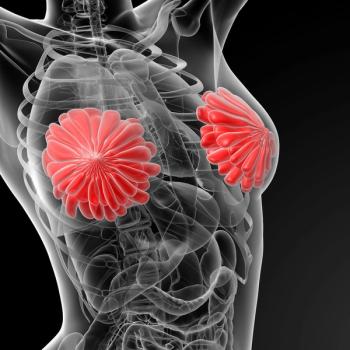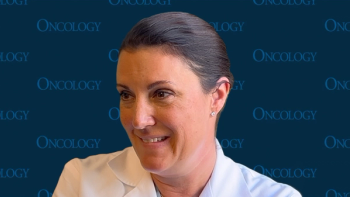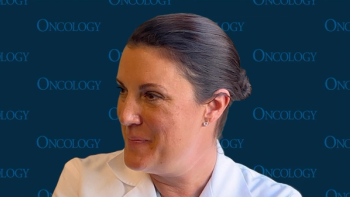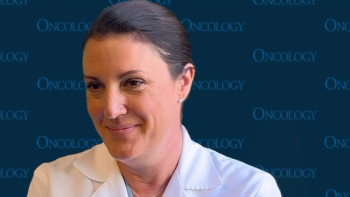
- ONCOLOGY Vol 14 No 8
- Volume 14
- Issue 8
Randomized Trial of Simultaneous vs Sequential Doxorubicin and Docetaxel in Patients With Metastatic Breast Cancer
Increasing the dose density of active drugs by delivering maximum tolerated doses sequentially with minimal intervals between cycles could potentially increase response rate and benefit in metastatic breast cancer. We tested this hypothesis by assigning
Increasing the dose density of active drugs by delivering maximum tolerated doses sequentially with minimal intervals between cycles could potentially increase response rate and benefit in metastatic breast cancer. We tested this hypothesis by assigning patients with no prior chemotherapy for measurable metastatic breast cancer to receive an equal total dose of doxorubicin plus docetaxel (Taxotere) as induction treatment, randomizing the schedule to either simultaneous (SIM: doxorubicin 45 mg/m² plus docetaxel 75 mg/m² every 21 days for four cycles) or sequential (SEQ: doxorubicin 90 mg/m² every 14 days for two cycles followed by docetaxel 100 mg/m² every 14 days for three cycles) administration.
Response was assessed after induction; responding patients were eligible for high-dose consolidation. Granulocyte colony-stimulating factor (G-CSF, filgrastim [Neupogen]) was scheduled for days 310 in the SEQ arm, and given only after a neutropenic episode in the SIM arm. A total of 94 patients were randomized with an equal balance of pretreatment characteristics. 37% were metastatic at diagnosis, 54% had prior adjuvant therapy, and 31% had liver involvement. The median delivered dose intensity and cumulative dose for both drugs were similar in both arms. However, the median dose density was markedly higher for SEQ vs SIM: SEQ doxorubicin, 4.5 times higher; SEQ docetaxel, 2.3 times higher. Efficacy results for the two arms are shown in the table.
Grade 3/4 toxicity (National Cancer Institute Common Toxicity Criteria) for SIM vs SEQ, respectively, was as follows: neutropenia, 67% vs 34%; infection, 0% vs 4%; nausea/vomiting, 10% vs 16%; stomatitis, 10% vs 7%; pulmonary, 7% vs 2%; hyperglycemia, 17% vs 14%; skin, 0% vs 7%. The latter was manifest by grade 4 hand/foot syndrome and/or total body rash in three patients in the SEQ arm.
CONCLUSION: We conclude that doxorubicin/docetaxel is a very active regimen in metastatic breast cancer, but a dose-dense, growth-factorsupported sequential treatment offers no advantage over a standard combination schedule.
Articles in this issue
over 25 years ago
Commentary on Abstract #280over 25 years ago
Commentary on Abstract #527over 25 years ago
Commentary on Abstracts #986 and #1015over 25 years ago
Commentary on Abstract #1916over 25 years ago
Commentary on Abstracts #341, #347, and #333over 25 years ago
Commentary on Abstracts #407 and #424over 25 years ago
Commentary on Abstracts #349 and #1259over 25 years ago
Commentary on Abstracts #317 and #322over 25 years ago
Commentary on Abstracts #254 and #330over 25 years ago
Commentary on Abstract #336Newsletter
Stay up to date on recent advances in the multidisciplinary approach to cancer.


















































































